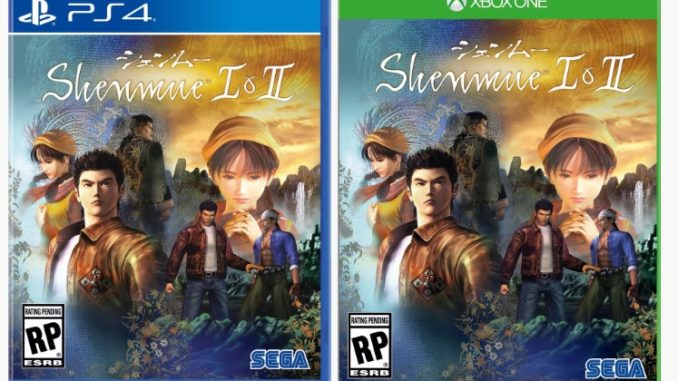
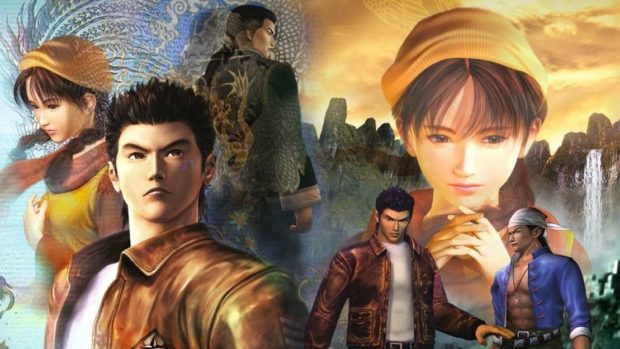 When the Dreamcast launched in September of 1998, it brought with it the promise to change the way we look at video games. The launch of Sega’s new console was star-studded with titles like Sonic Adventure, Power Stone, and Soul Calibur. It is safe to say they were eclipsed by the hype of next years “Killer App,” a game called Shenmue. The follow-up, Shenmue II, was released in 2001 exclusively for the Microsoft Xbox in North America. It continued to push the innovation of its predecessor, to the point where even today, it feels like a game with a modern day design philosophy in mind.
When the Dreamcast launched in September of 1998, it brought with it the promise to change the way we look at video games. The launch of Sega’s new console was star-studded with titles like Sonic Adventure, Power Stone, and Soul Calibur. It is safe to say they were eclipsed by the hype of next years “Killer App,” a game called Shenmue. The follow-up, Shenmue II, was released in 2001 exclusively for the Microsoft Xbox in North America. It continued to push the innovation of its predecessor, to the point where even today, it feels like a game with a modern day design philosophy in mind.
From the well-written and paced storyline to the dynamic weather effects and the Sega arcade mini-games sprinkled throughout the series are a cherry on top of what appears to be a complete package. Though when the nostalgia goggles come off and the realization that an almost twenty-year-old series is being brought back into the modern day, especially with the pedigree it holds, can these titles hold their charm for the modern gamer?
Shenmue is a story of intrigue, mystery, and revenge. After the murder of his father takes place before his eyes, you take control of Ryo Hazuki of the Hazuki dojo, in which your father was the sensei. After these events, Ryo resolves to hunt down those responsible for the murder of his father using Hazuki-style jiu-jitsu and his wits. His mission leads him into a whirlwind of events that include bar shakedowns, espionage, and fights with local gangsters all the while asking anyone about the day the snow turned to rain. Dialogue exchanges have weight, as many of the people you interact with are acquaintances of Ryo, which causes them to question your motives and actions. These NPCs operate on the in-game clock; shops open and close, characters are in different locales at different times, and even give Ryo specific times and places to meet in-game.
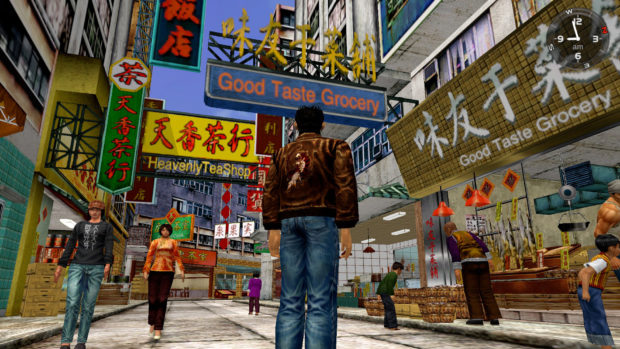 However, there is no way to skip ahead in time in Shenmue, and you’ll scrounge for activities to waste time in order to get to the next objective gated by the time of day. While the Sega arcade classics are iconic to the series it becomes apparent after your one-hundredth time on the Hang-On machine that the “wait†function of modern titles (and ironically Shenmue II) to push the clock forward seems wonderful. Though definitely not perfect by any means, Shenmue is a masterwork in immersive video game narrative design and atmospheric presence. From the characters you meet who are associated with the guilty party to the suspenseful sound design, to the noticeable concern of the denizens all over Ryo’s hometown, Shenmue’s world will grip you and not let you go. Even in the sequel, Ryo’s motivations do not change which makes for a natural transition on his journey into the second game.
However, there is no way to skip ahead in time in Shenmue, and you’ll scrounge for activities to waste time in order to get to the next objective gated by the time of day. While the Sega arcade classics are iconic to the series it becomes apparent after your one-hundredth time on the Hang-On machine that the “wait†function of modern titles (and ironically Shenmue II) to push the clock forward seems wonderful. Though definitely not perfect by any means, Shenmue is a masterwork in immersive video game narrative design and atmospheric presence. From the characters you meet who are associated with the guilty party to the suspenseful sound design, to the noticeable concern of the denizens all over Ryo’s hometown, Shenmue’s world will grip you and not let you go. Even in the sequel, Ryo’s motivations do not change which makes for a natural transition on his journey into the second game.
Shenmue II is a game that has aged much more gracefully in the modern era and the sequel to Ryo’s tale of vengeance is a preserved masterpiece of a game. Going from Shenmue to Shenmue II is a breath of fresh air as the game takes familiar but less used elements of the first game such as combat and pushes them to the forefront here.
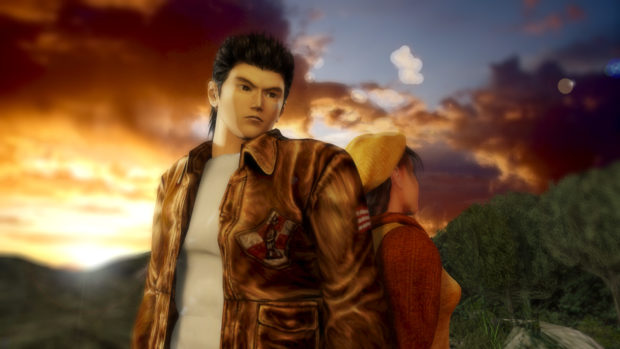 Shenmue IIÂ feels much more palatable to the modern gamer, its focus more on gameplay and varied mini-games over a meticulously created a world with a deceptive intrigue. The cast of all-new personalities who meet Ryo for the first time further adds immersion, as you will not soon forget characters like the devious Ren of Heavens and his gang of possibly noble thugs.
Shenmue IIÂ feels much more palatable to the modern gamer, its focus more on gameplay and varied mini-games over a meticulously created a world with a deceptive intrigue. The cast of all-new personalities who meet Ryo for the first time further adds immersion, as you will not soon forget characters like the devious Ren of Heavens and his gang of possibly noble thugs.
The transition from your quiet life in Japan to the bold, crowded, and seedy land of Hong Kong brings with it an entirely different tone to the adventure. Hong Kong itself feels claustrophobic, tight, and busy as you make your way through the streets and skyscrapers that guide you from one district to another on the notably large map. The locals of the cities are also helpful, for if you know what your specific location is, you can normally ask a passerby who will happily point you in the right direction or even walk you to the entrance. This presents a world that feels alive, but one you must acclimate to rather than dominate. The story transitions in a buttery smooth fashion, with plot points from Shenmue referenced in ways that will most likely put a smile on your face when you begin to connect the dots. This tale is brilliantly woven into action-packed quick-time events and cutscenes, whose tense sequences rival the intensity of more sophisticated modern titles like Uncharted.
The Good: The release of Shenmue I&II in the modern day is incredible as the games themselves formed the foundation of the game design philosophy we have come to enjoy, which makes the series important to video game history. The widescreen aspect ratio is the best new feature of this release as it pushes the game into the realm of a cinematic experience rather than one you could write off as just another video game.
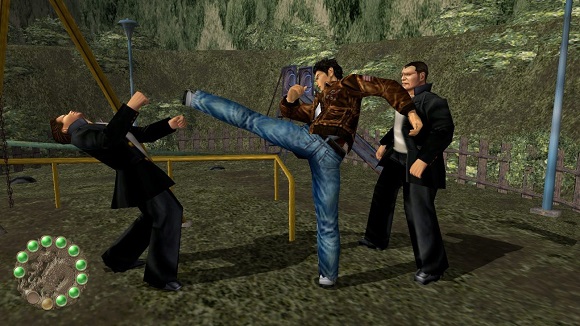
The Bad: The unfortunate reality that these are simple ports and not given a true HD re-masters is apparent from the start; as archaic design choices, poor controls, shoddy voiceover work and even worse voice quality control plague the games. These serve to break the immersive nature of which the Shenmue series is built upon, which may frustrate those who find the story enjoyable and want to see it through to the end.
Final Thoughts: Regardless of the small mechanical criticisms, Shenmue I & II is a gem that will shine in your library. Astute gamers will find themselves satisfied at how relatable these games are to current gaming experiences in titles such as Skyrim or Yakuza, and will no doubt find joy in the finer points of the game such as collectibles and the detailed weather effects. Newer gamers have the chance to experience what could be called the most influential game series of the modern era and witness the glory days of Sega, along with seeing first-hand the passion that burned inside series creator Yu Suzuki.

Leave a Reply